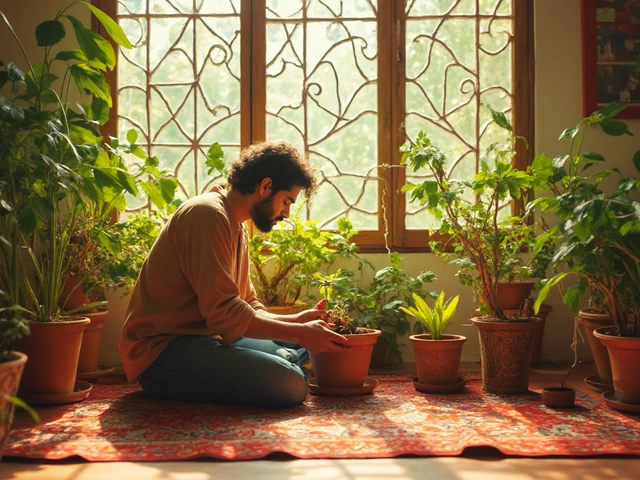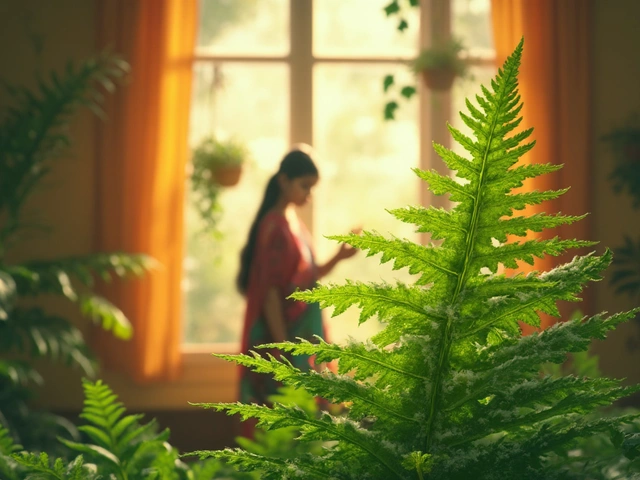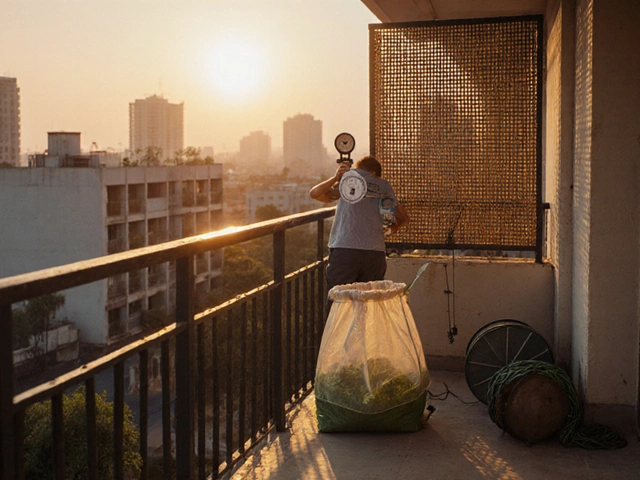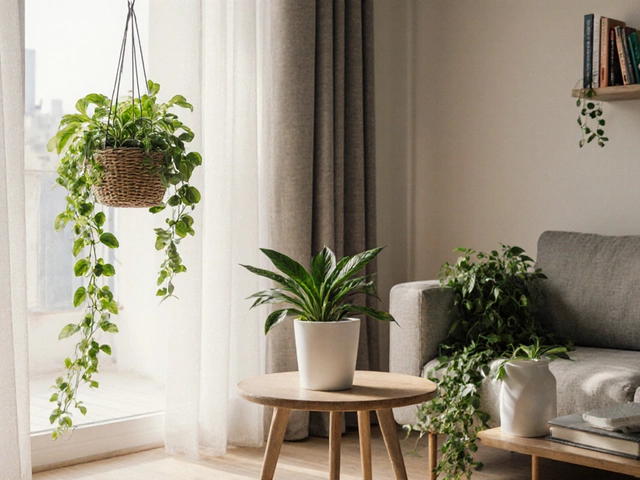Famous Indian Plants: Top Picks for Your Garden
If you love gardening in India, you’ve probably heard names like marigold, neem, and lotus. These plants aren’t just beautiful; they fit our climate, soil, and cultural traditions. Below we’ll look at why they’re famous and give you practical steps to grow them, whether you have a balcony, a backyard, or a small plot.
Why These Plants Are Loved Across India
Marigold (Tagetes) tops the list because its bright flowers brighten festivals and repel insects naturally. Neem (Azadirachta indica) is called the "village pharmacy" – its leaves, bark, and oil fight pests, improve soil, and even have medicinal uses. Lotus (Nelumbo nucifera) thrives in ponds and makes a stunning focal point for water gardens, while also holding religious significance.
Other crowd‑pleasers include the fragrant jasmine (Jasminum), the hardy bougainvillea that tolerates heat, and the versatile holy basil (Tulsi) that grows well in pots. All of these plants are adapted to Indian monsoons, high temperatures, and a range of soil types, which is why they’re seen everywhere from rural fields to city rooftops.
Tips to Grow Them in Your Garden
Start with the right soil mix. For marigold and bougainvillea, a well‑draining, loamy mix works best. Neem prefers slightly sandy soil with good aeration, while lotus needs a mud‑filled container that can stay submerged.
Watering schedules differ. Marigold and jasmine need regular watering but hate waterlogged roots. A drip irrigation system—buried a few inches deep—delivers water right where the roots are, saving you time and water. Lotus, on the other hand, loves standing water; keep its container in a shallow pond or large water barrel.
Sunlight is non‑negotiable for most famous Indian plants. Aim for at least six hours of direct sun daily. If you’re on a balcony with limited light, choose shade‑tolerant varieties like holy basil or keep pots on a rotating stand to catch the sun throughout the day.
Fertilize smartly. A balanced NPK (10‑10‑10) applied after the first true leaf sprout supports vigorous growth. For neem and lotus, organic compost or well‑rotted manure adds nutrients without harming the plant’s natural pest‑repelling qualities.
Pruning keeps plants tidy and promotes blooming. Trim bougainvillea after each flowering cycle to encourage new branches. Snip marigold heads when they start fading to push the plant to produce more flowers.
Watch for pests. While neem itself fights bugs, marigold can attract aphids. A quick spray of diluted neem oil (1 % solution) fixes the problem without chemicals. For fungal issues on lotus leaves, improve air circulation and reduce excess moisture.
Finally, respect the cultural side. Planting marigold near entrances is believed to invite good luck, and keeping a Tulsi pot inside the kitchen is a common practice. These traditions add extra meaning to your garden work.
With these simple steps, you can enjoy the sights, scents, and benefits of India’s most famous plants. They’re not just decorations—they’re part of our heritage, and growing them at home connects you to that legacy while making your garden thrive.
What Plant is India Famous For? Tea, Spices & More Icons Explained
Curious about the plant that put India on the global map? Explore India's legendary tea, the spice story, and the deep roots of famous native plants.
About
Gardening
Latest Posts


White Stuff on Ferns: What It Is and How to Handle It
By Alden Thorne Jun 15, 2025

How to Grow Vegetables on a Balcony: A Practical Guide
By Alden Thorne Oct 18, 2025

Top Easy Houseplants for Beginners - Low‑Maintenance Indoor Greens
By Alden Thorne Oct 7, 2025
